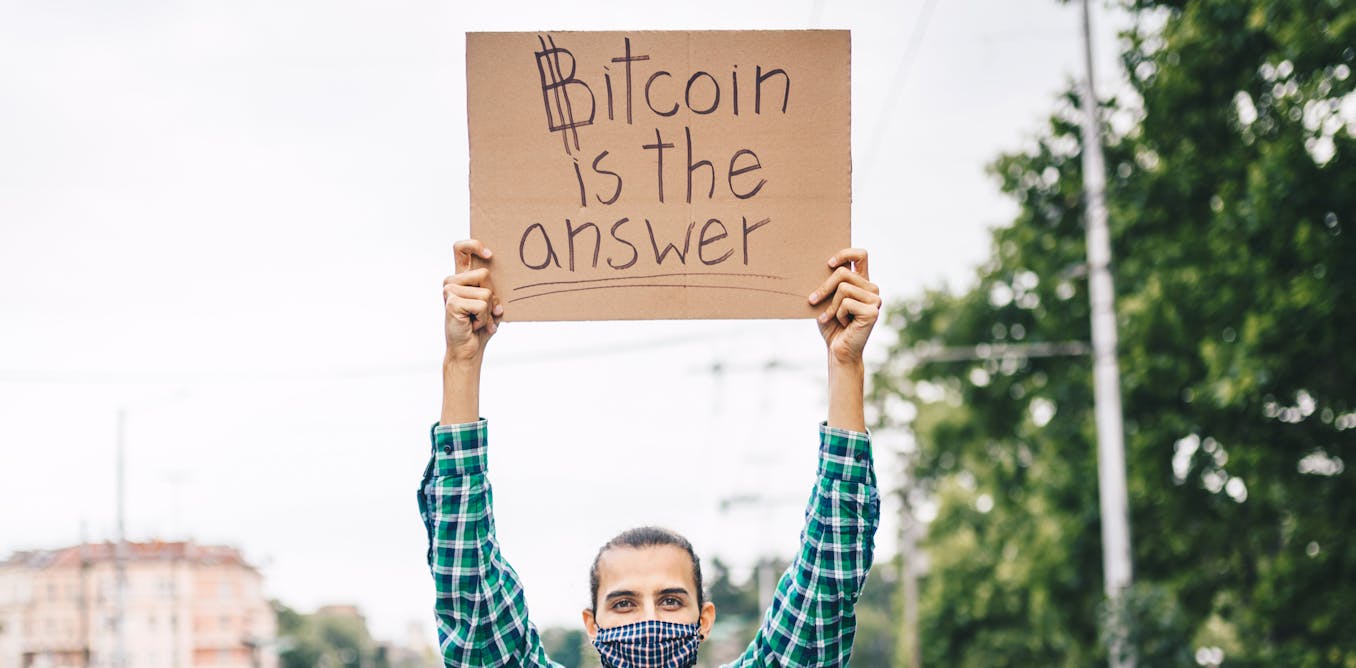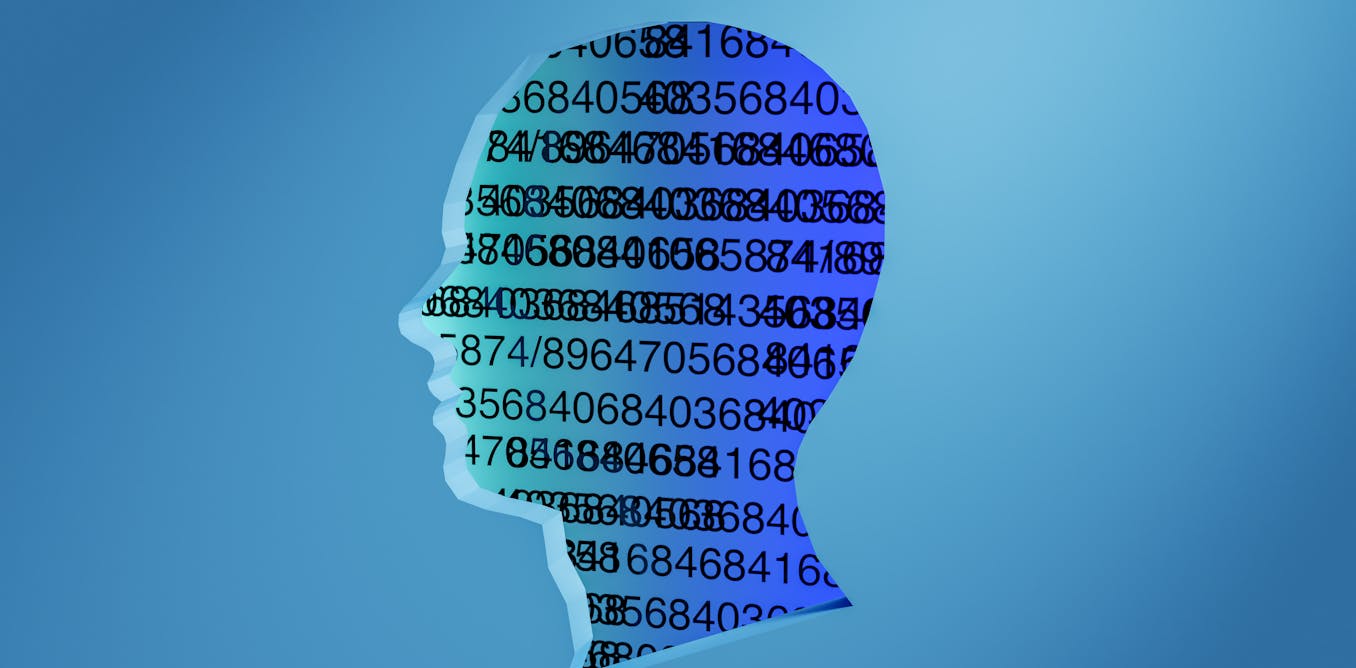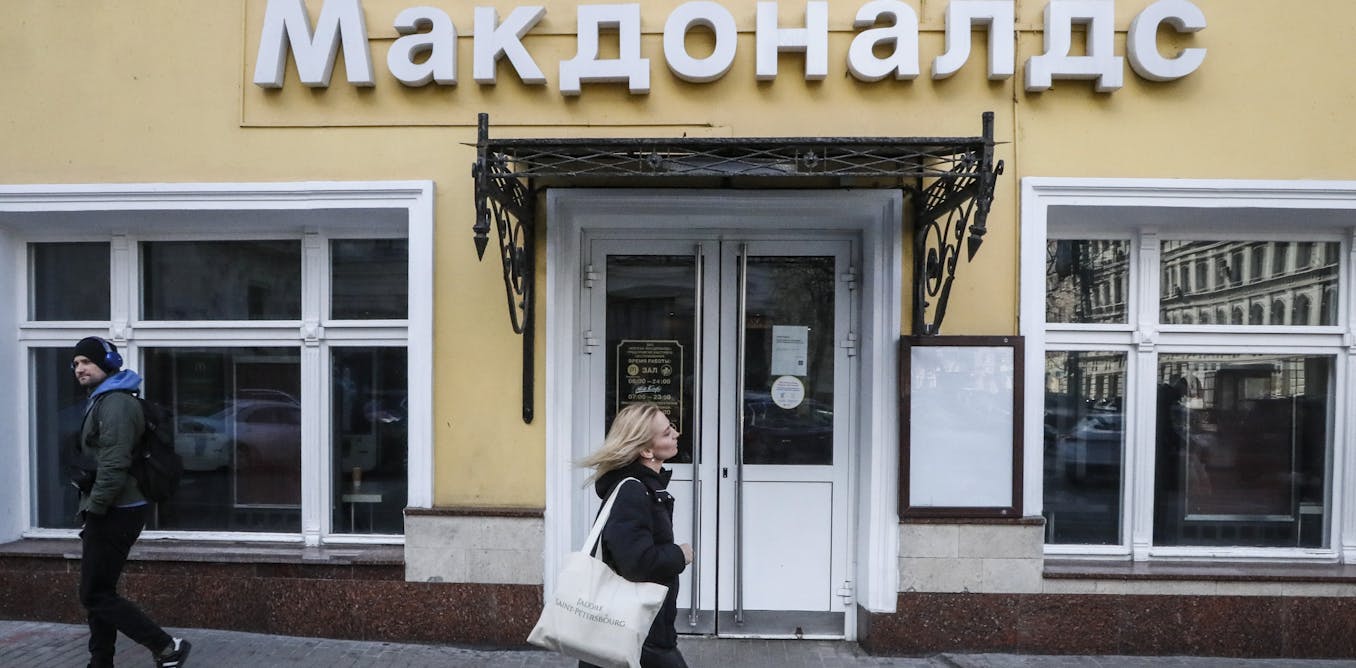Do the math when measuring social distancing: two metres is not the same as six feet
Why haven’t people gotten upset about how our social distancing signs are fostering innumeracy?

The COVID-19 pandemic has changed the world we live in. Informative signs, designed to limit the virus’s spread are everywhere these days, reminding us: Wear a mask, wash your hands, cover your mouth when you cough or sneeze, get vaccinated and of course, maintain social distancing.
Public health awareness resources are helping all of us get through these difficult times. Unfortunately, many social distancing signs are also helping spread an entirely different scourge across our country: Innumeracy. The term was coined by mathematician John Allen Paulos 30 years ago when he wrote Innumeracy: Mathematical Illiteracy and its Consequences. As the title suggests, innumeracy is the mathematical analog of illiteracy: a lack of the ability to do basic math.
What I’m referring to is common signage in different parts of the country that suggest two meters is the equivalent of six feet. For the record, two metres is not six feet. Two metres is about 6.56168 feet. This matters for several reasons.
Metric confusion
Canada switched to using the metric system from using mainly the imperial system for measurement between 1970 and the early ‘80s. As a result, our social distancing signage should first present the metric measurement (two metres) and then convert it to the imperial system (about 6.5 feet). But I’ve even seen signs that present the imperial system before the metric system, and tell us that six feet is two metres. (To be clear, six feet is not two metres. It’s less than two metres. It’s about 1.8288 metres.)
Instead, I continually see flippant, dismissive conversion from the imperial to the metric system of measurement presented on social distancing signs everywhere I go.
Don’t even get me started on the signs that completely ignore the metric system, using only the imperial system.
Innumeracy: socially acceptable?
About two years into the pandemic, I’m still surprised that nobody cares about the social distancing signage. I haven’t seen any kind of public outcries similar to those we see from grammar enthusiasts who practically fall into fever dreams when they come across a sign showing the possessive form of the pronoun it (its) incorrectly presented as a contraction of “it is.”
Does this mean many believe being innumerate is fine?
As a teacher of future math teachers, on the first day of class each semester, I ask the class: “Who here can’t read?” To date, not a single hand has been raised. The future math teachers look at me with a dusting of disgust. I then ask: “Who here can’t do math?” Unfortunately, every year, a sea of hands, most with a sense of pride, are raised.
The next question I ask future Canadian math teachers is the same question I’ve raised here: “Why do you think it’s OK to be innumerate?”
Social consequences of a culture of innumeracy
Students’ answers, which might even be your answer are often: “I don’t see the big deal here.” You might even agree and think it silly to worry about signs that display casual indifference to the metric system.
Yet as Paulos noted, mathematical illiteracy has consequences like belief in pseudoscience, poor risk assessment and much, much more. Move over, Nostradamus.
Metric conversion misinformation points to larger issues with innumeracy: There can be consequences for our health (such as when doctors can’t read test results) and finances when people don’t understand the effects of high-interest loans. Statistican Jeffrey Rosenthal explores how probabilities, whether accurately or inaccurately grasped, inform legal decisions in our justice systems.
If you start looking, you will notice little signs of innumeracy everywhere. For example, many people now carry little super computers in their pockets. I’ve learned to live with people peering through their phones, so they do not have to calculate unit prices, discounts or taxes while shopping.
Should the current COVID-19 social distancing signage be accepted, I am declaring an official moratorium on the phrase, “Damn kids these days, they can’t even make change without a calculator.” We can’t have it both ways.
Alternative metrics
Students today also learn about non-standard units of measurement, and many alternative metrics appear on social distancing signage. I’ve seen hockey sticks, hiking poles and yoga mats, drawn from the world of sports. From the animal world, signs tell us to stay a caribou, grizzly bear, elk antlers and a moose apart.
Whether it’s Timbits (46 of them), a bathtub, buckets or shopping carts, alternative metrics are doing their part to help us stay apart.
A simple fix
Navigating the world two metres apart is no easy task. Just ask the man from Toronto who built and wore a social distancing machine.
But keeping a safe distance from each other isn’t made simpler when units of measurement are being butchered.
During these trying times, we should not be fostering innumeracy. The fix isn’t difficult. Any sign that doesn’t embrace alternative metrics should simply read: “Please maintain social distancing: two metres or about six and a half feet. Thank you.”
I’ll take a sign with a moose, a grizzly bear or a bunch of jugs of maple syrup over a sign incorrectly indicating that two metres equals six feet or six feet equals two metres. I’m Canadian, after all.![]()
Egan J Chernoff receives (and has received) funding from Social Sciences and Humanities Research Council.
What's Your Reaction?




















































